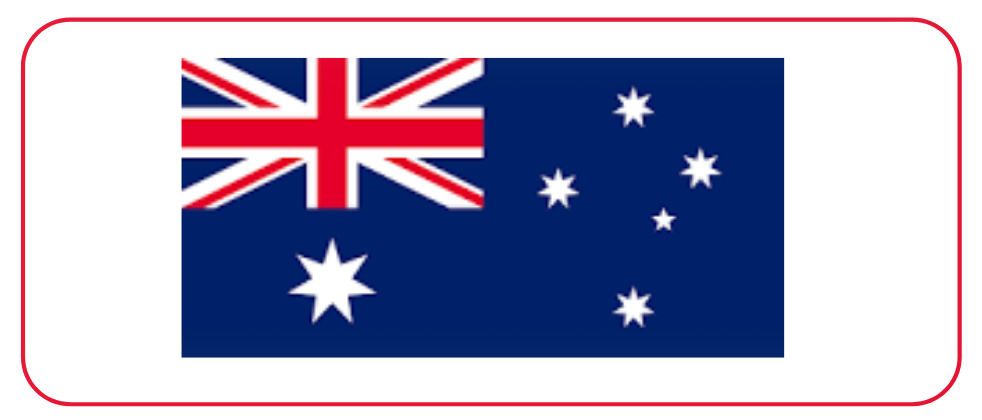EVALUATION OF ANTI-NUTRITIONAL FACTORS IN HOP EXTRACTS AND EXTRACT FROM AZADIRACHTA INDICA AS POTENTIAL SUBSTITUTE IN THE NIGERIAN BEER INDUSTRY
DOI:
https://doi.org/10.53555/eijas.v2i3.20Keywords:
Antinutritional, hops, A. indica, extracts, substituteAbstract
The anti-nutritional factors in Azadirachta indica (neem) as contrasted to hops were carried out in terms of their methanolic extracts. These factors (trypsin inhibitors, phytate, cardiac glycoside, oxalate, cyanogenic glycoside and hydrogen cyanide) were screened using standard methods. The result of the assay revealed that trypsin inhibitors ranged from 6.45-17.30%, phytate ranged from 0.99% to 1.68% while cardiac glycoside ranged from 3.5% to 6.0% and the concentration of oxalate ranged from 0.0405mg/100g to 0.1020mg/100g, cyanogenic glycoside ranged from 0.216ppm to 0.810ppm while hydrogen cyanide ranged from 0.540ppm to 1.404ppm. It was established from ranking that A. indica was closer to isomerized hop extract than to hop leaf extract in the content of anti-nutritional factors. Hence, the extract from A. indica could be used as suitable substitute for hops in beer brewing.
References
AOAC (1980). Association of Official Analytical Chemists. Official Methods of Food Analysis, 19th Edition, Washington, D.C.
Agba-Egbe, T. and Lape, M.I. (2006). The effects of processing techniques in reducing cyanogens levels during the production of some Cameroonian cassava foods. Journal of Food Composition and Analysis; 19:354-363.
Ajebsone, P.E. and Aina, J.O. (2004). Potential African Substitutes for hops in Tropical Beer Brewing. J. Food Technol., in Afr., 9(1): 13-16.
American Society of Brewing Chemists (1976). Methods of Analysis, 7th Edn., American Society of Brewing Chemists, St. Paul, Minesota.
Ashurst, P.R. (1971). Hops and Their Use in Brewing. Modern Brewing Technology, edited by W.P.K. Findlay. Cleveland, Ohio: The Macmillan Press.
Ayoola, G.A., Sofidiya, T., Odukoya, O. and Coker, H.A.B. (2006). Phytochemical Screening and Free Raidcal Scavenging Activity of some Nigerian Medicinal Plants. J. Pharm. Sci. & Pharm. Pract. 8, 133-136.
Bradbury, M.G., Egan, S.W. and Bradbury, J.H. (1999). Determination of all forms of Cyanogens in Cassava roots and cassava products using picrate paper kits. J. Sci. Food Agric. 79:593-601.
Buttler, G.W. and Bailey, R.W. (1973). Chemistry and Biochemistry of Herbage, Vol. 1, Academic Press, London and New York.
Chavan JK, Kadam SS (1989). "Nutritional improvement of cereals by fermentation". Crit Rev Food Sci Nutr. 28 (5): 349–400.doi:10.1080/10408398909527507. PMID 2692608.
Curhan, G.C. (1999). Epidemiologic evidence for the role of Oxalate in idiopathic nephrolithiasis. J. Endourol., 13(9): 629-631.
Davis, R.H. (1991). Cyanogens. In: D’Mello JPF, Duffus C.M., Duffus J.H. (eds.). Toxic Substances in Crop Plants: Cambridge: The Royal Society of Chemistry.
Edman, J.W. and Forbes, R.M. (1977). Mineral bioavalability from Phytate containing foods. Food Prod. Dev. 11: 46-49.
Gail, E., Gos, S., Kulzer, R., Lorosch, J. Rubo, A. and Sauer, M. (2007). “Cayno compounds, Inorganic”, Ullman’s Encyclopedia of Industrial Chemistry, Weinheim: Wiley-VCH.
Gupta, S.C. (2011). Fundamentals of Statistics. Smith Revised and Enlarged Edition. Himalaya Publishing House, Delhi, Mumbia pp. 23.1-23.37.
Haque, M.R., Bradbury, J.H. (2002). Total cyanide determination of plants and foods using the picrate and acid hydrolysis methods. Food Chemistry: 77(1): 107-114.
Harbone, J.B. (1995). Phytochemical Methods. London. Chapman and Hall Ltd. Pp 49-188.
Hough, J.S., Briggs, D.E., Stevens, R and Young, T.W. (1982). Malting and Brewing Science, Vol. 2, 2nd ed., Chapman and Hall, London England pp 389-452.
Hotz C, Gibson RS (2007). "Traditional food-processing and preparation practices to enhance the bioavailability of micronutrients in plant-based diets". J. Nutr. 137 (4): 1097–100. PMID 17374686
http://ww.framalpha.com/inputs/?i=boiling+point+of+hydrogen+cyanide. http//www.vitamineherbuniversity.com/topic/asp?category=2&topics
Institute of Brewing (1977). Recommended Methods of Analysis. The Institute of Brewing, London.
Keay, R.W.J., Onochie, C.F.C. and Stanfield, D.P. (1964). Nigerian Trees, Nigerian Press Ltd, Lagos, Vol. I.P. 153 and Vol. 2 PP 25-434.
Liener, I.E. and Kakade, M.L. (1980). Protease Inhibitors. In: The Lectins: Properties, Functions and Applications in Biology and Medicine (Eds. I.E. Liener, N. Sharon and I.J. Goldstein). Academic Press, New York. Pp. 527-552.
Mabberley, D.J. (1995). Azadirachta. pp. 337-343. In: Flora malesiana Ser. Spermtophyta 12(1): 1-407.
Oboh G, Oladunmoye MK (2007). "Biochemical changes in micro-fungi fermented cassava flour produced from low- and medium-cyanide variety of cassava tubers". Nutr Health. 18 (4): 355–
67.doi:10.1177/026010600701800405. PMID 18087867
Ologhobo, A.D. and Fetuga, B.L. (1983). Investigation on the trypsin inhibitor, heamagglutinin, phytic and tannin acid contents of cowpea (Vigna unguiculalata). Food Chem. 12:254.
Osagie, A.U., Muzquiz, M., Burbano, C.O., Cuadrado, C., Ayet, G., Castano, A. (1996). Some antinutritional constituents in ten staple food items grown in Nigeria. Trop. Sc. (U.K.), 36:109-115.
Patnaik, P. (2002). Handbook of Inorganic Chemicals. McGraw-Hill. ISBN 0-07-0494398.
Phillips RD (1993). "Starchy legumes in human nutrition, health and culture". Plant Foods Hum Nutr. 44 (3): 195–211.Doi:10.1007/BF01088314. PMID 8295859.
Shellie, R.A., Poynter, S.D.H, Li, J., Gathercole, J.L., Whittock, S.P. and Koutoulis, A. (2009). Varietal characterization of hop (Humulus lupulus L.) by GC-MS analysis of hop cone extracts. J. Sep. Sci. 32, 3720-3725.
Simeonova, F.P. and Fishbein, L. (2004). Hydrogen cyanide and cyanides: Human health aspects. Concise International Chemical Assessment Document 61. Geneva: World Health Organization.
Sofowora, A. (1993). Medicinal plants and Traditional Medicine in Africa. Spectrum Books, Ibadan.
Trease, G.E. and Evans, W.C. (1989). Pharmacognosy. 13th edn. Bailliere Tindall, London. pp 176-180.
Vetter, J. (2000). “Plant Cyanogenic glycosides” Toxicon 38 (1):11-36.
Wang, Z.N., Wang, M.Y. Mei, W.L., Hand, Z. and Dai, H.F. (2008). A New cytotoric pregnanone from calotropis gigantea. Molecules, Volume 12, Issue 12, pp. 3033-3039.
Welch RM, Graham RD (2004). "Breeding for micronutrients in staple food crops from a human nutrition perspective". J. Exp. Bot. 55 (396):353–64. Doi:10.1093/jxb/erh064. PMID 14739261.
.
Downloads
Published
Issue
Section
License

This work is licensed under a Creative Commons Attribution-NonCommercial-NoDerivatives 4.0 International License.








 Licensed under CC BY 4.0 International.
Licensed under CC BY 4.0 International.